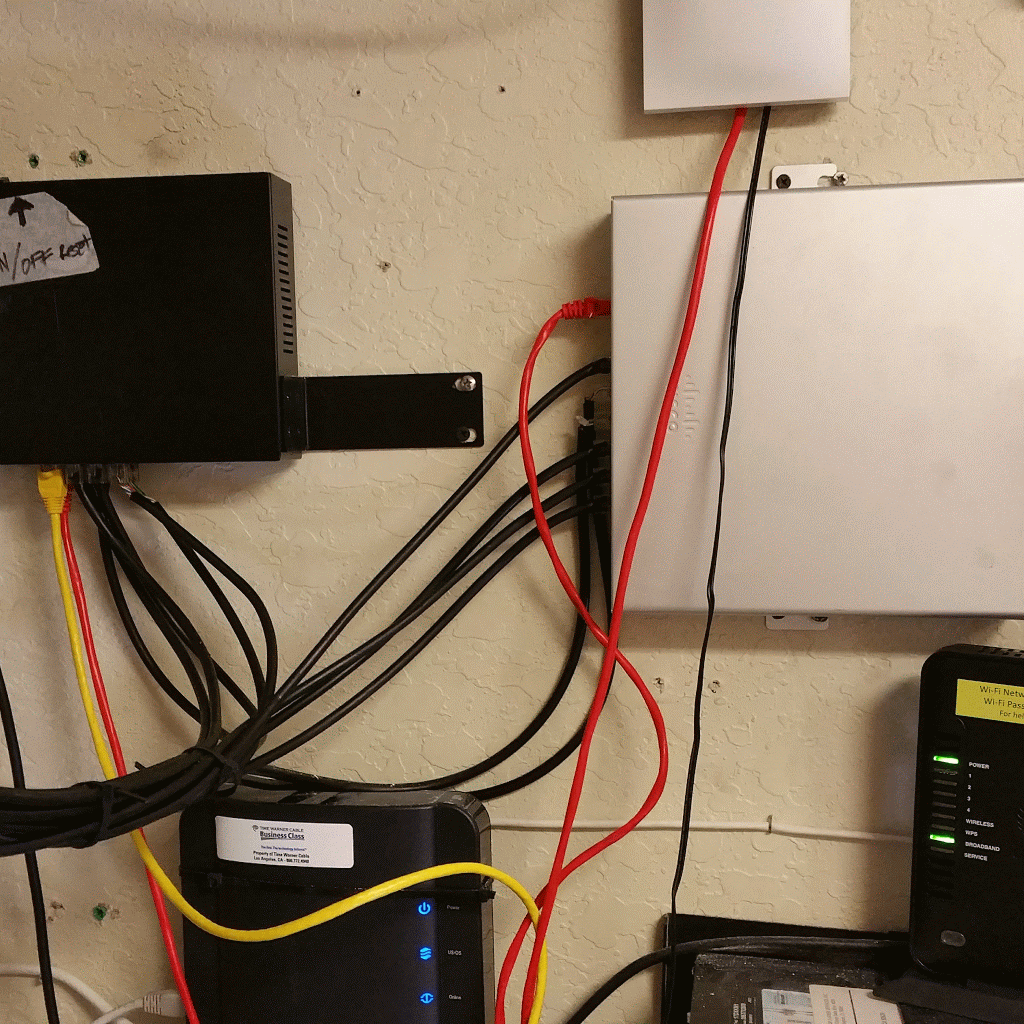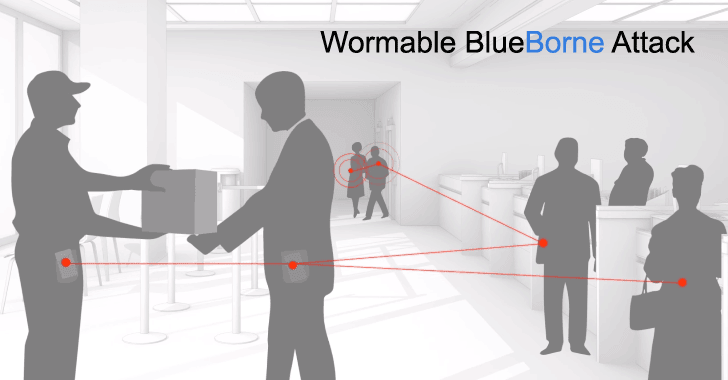Updated Federal Driver-less Policy – via- The Washington Post

Each day, driverless cars carry passengers around U.S. cities big and small. But federal officials — driven by bipartisan concerns about stifling a promising industry or seeming too old-fashioned — have not imposed any new safety requirements.
On Tuesday, the Trump administration weighed in with its first set of suggestions for how autonomous vehicles should be managed. It continues — and, in several significant ways, extends — the generally hands-off approach taken under the Obama administration, which released the first set of voluntary guidelines last year.
Transportation Secretary Elaine Chao announced the “2.0” version of the federal policy in Ann Arbor, Mich. The guidelines continue to rely on technology companies and automakers to voluntarily submit information explaining why their cars are safe and how their passengers will be protected.
[Here’s what the revised federal guidelines say]
Source: Updated federal driverless policy continues, and expands, hands-off approach – The Washington Post
Armis – BlueBorne Attack Vector Explained – YouTube
Armis Labs revealed a new attack vector endangering major mobile, desktop, and IoT operating systems, including Android, iOS, Windows, and Linux, and the devices using them. The new vector is dubbed “BlueBorne”, as it spread through the air (airborne) and attacks devices via Bluetooth. Armis has also disclosed eight related zero-day vulnerabilities, four of which are classified as critical. BlueBorne allows attackers to take control of devices, access corporate data and networks, penetrate secure “air-gapped” networks, and spread malware laterally to adjacent devices. Armis reported these vulnerabilities to the responsible actors, and is working with them as patches are being identified and released.








